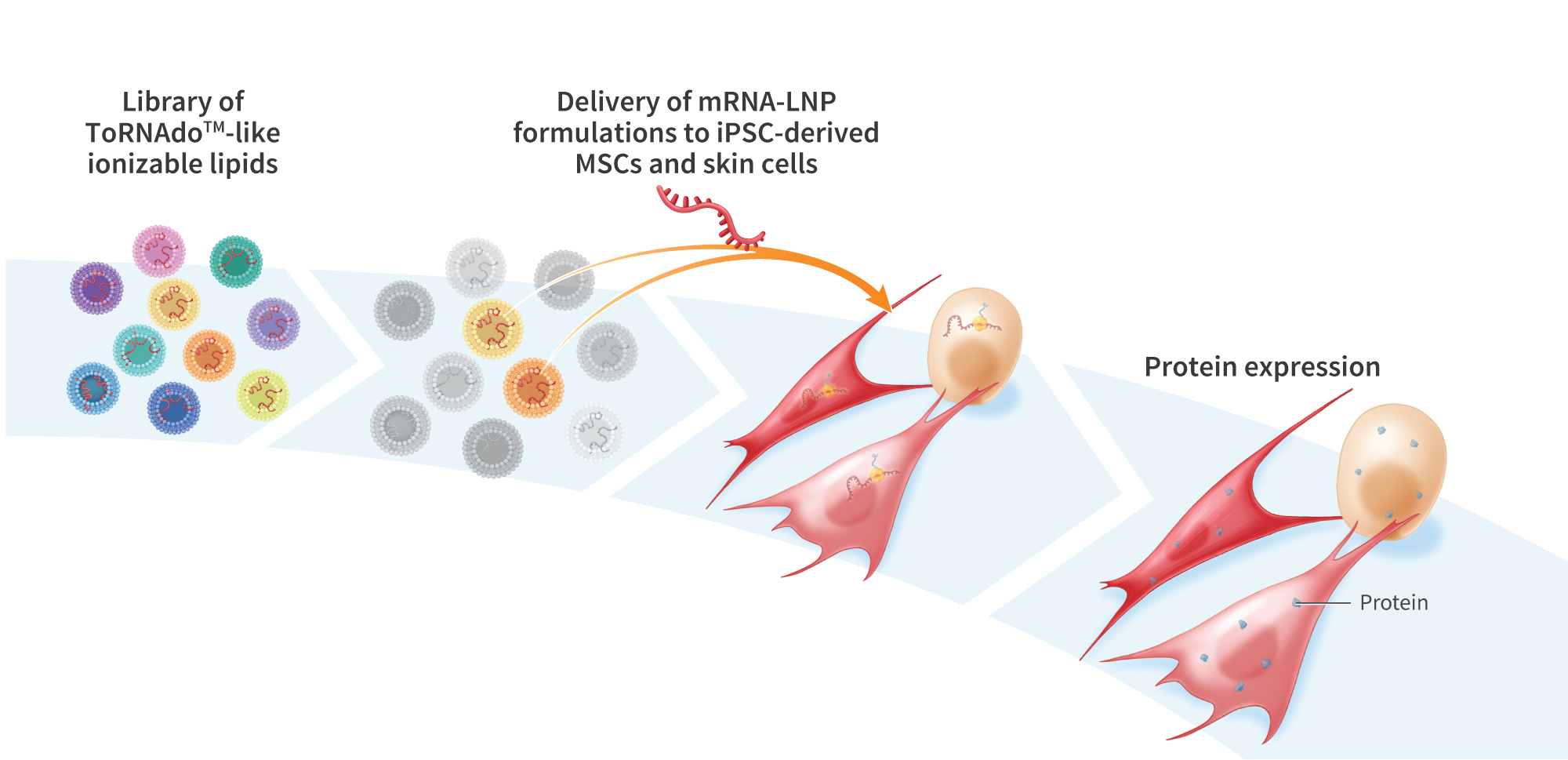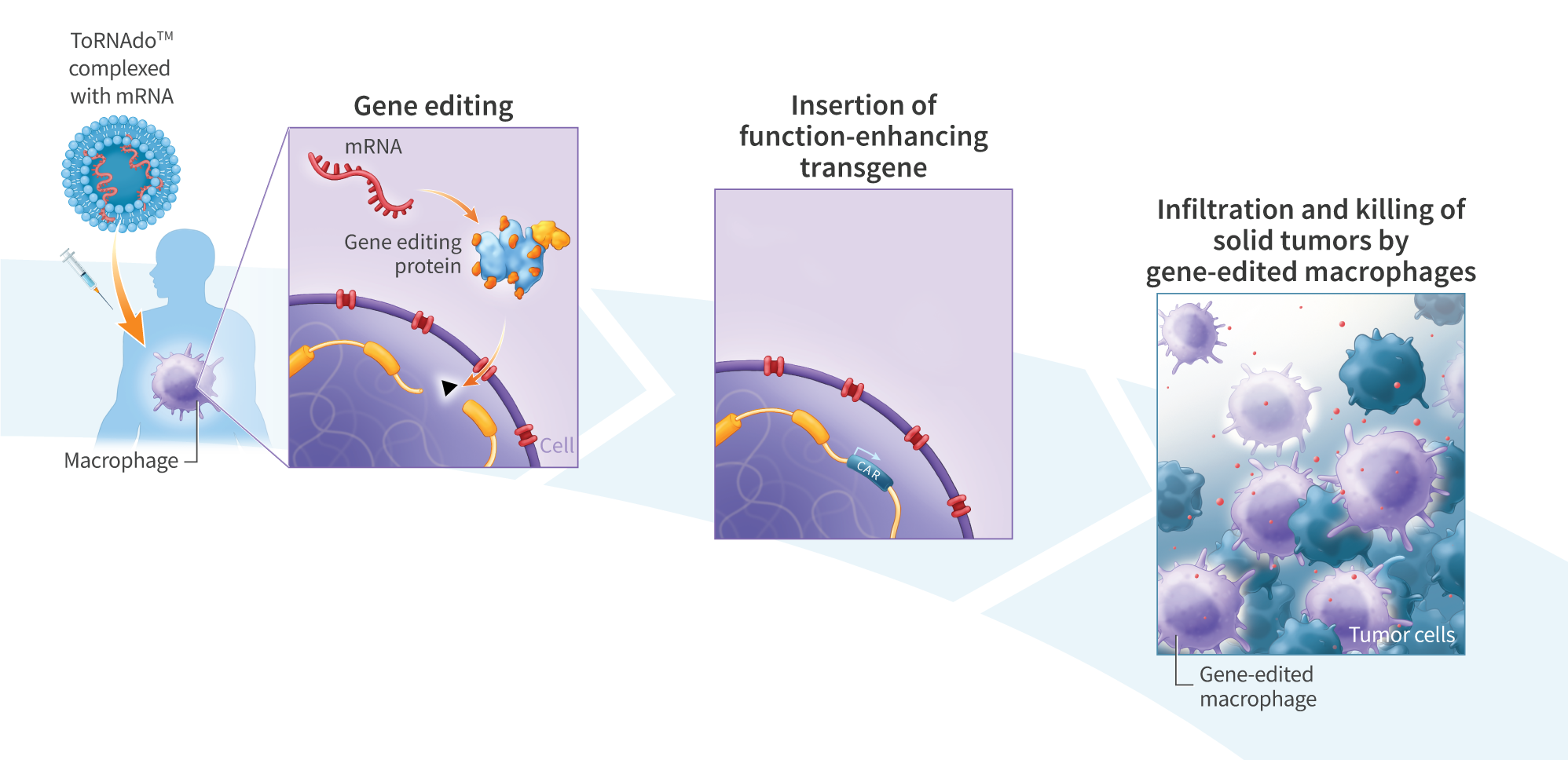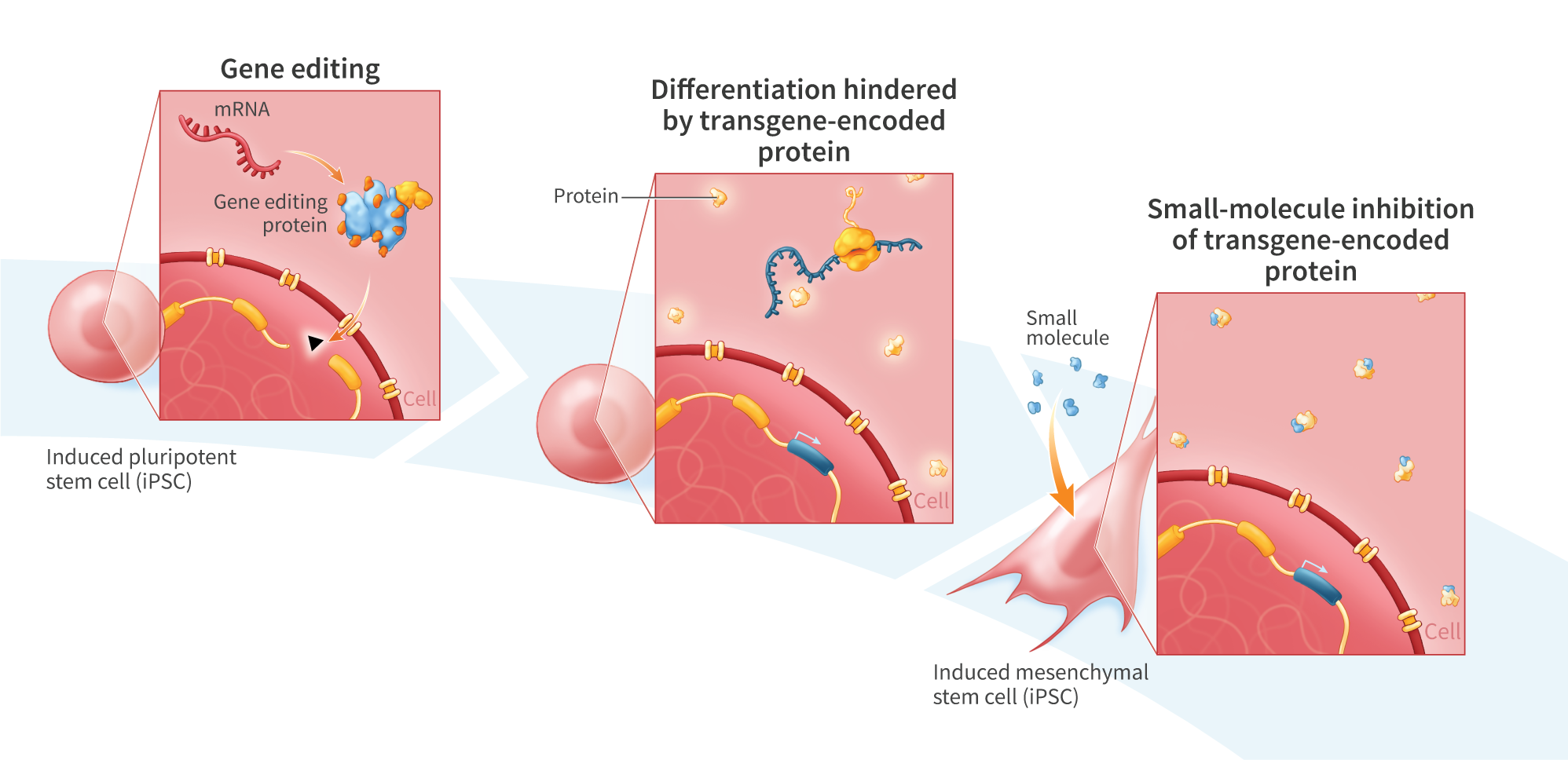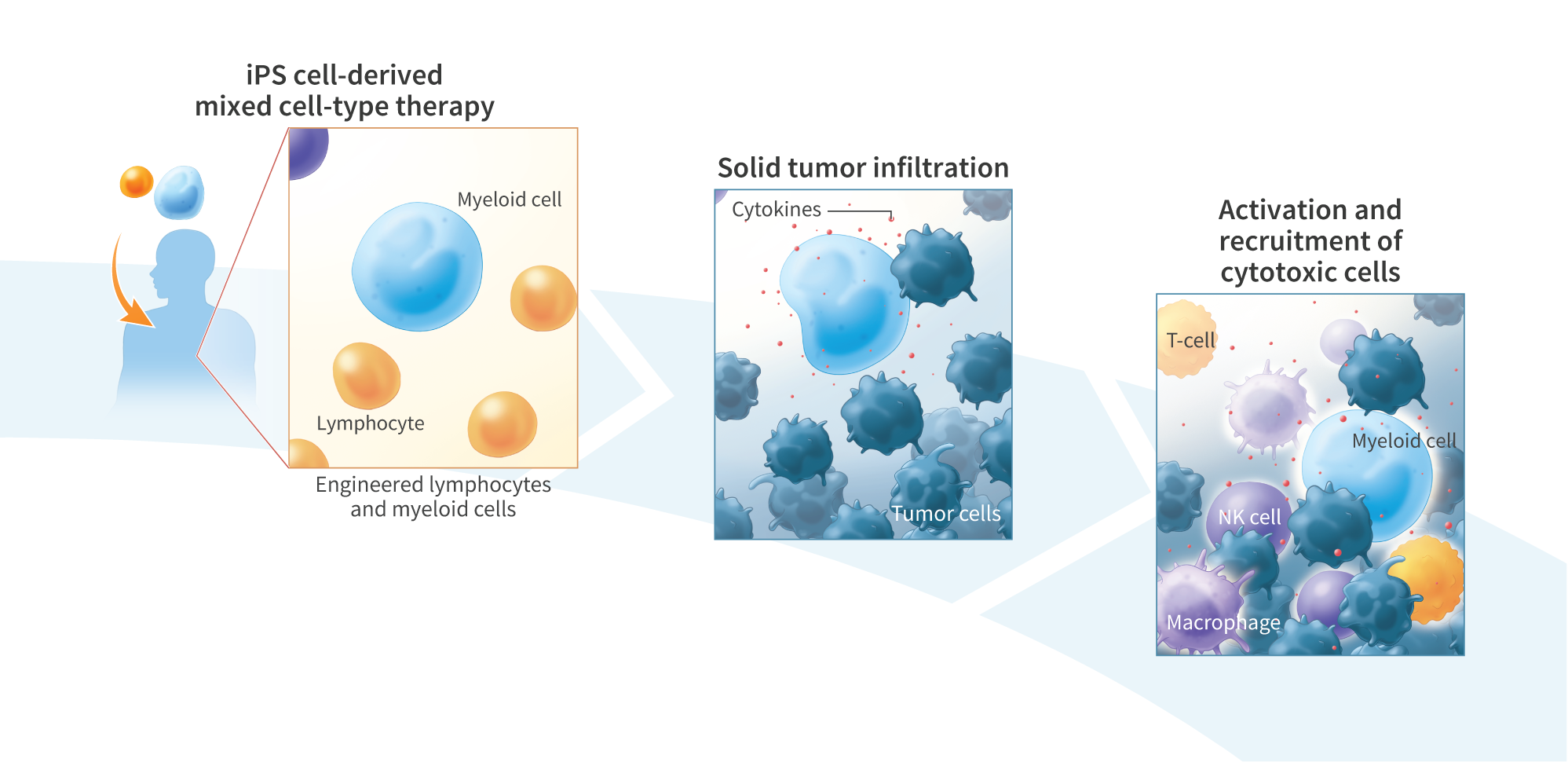Novel Ionizable Lipids Derived from 2-Hydroxypropylamine and Spermine for mRNA-LNP Delivery
Lipid nanoparticles (LNPs) containing cationic or ionizable lipids offer several advantages compared to other vehicles for nucleic acid delivery and have seen expanded clinical use with the introduction the COVID-19 mRNA vaccines and in treatments for genetic diseases. However, poor targeting, insufficient cellular uptake, and low endosomal release currently limit the use of lipid nanoparticles as efficient delivery systems for next-generation gene therapies. To address these limitations, we designed, synthesized, and formulated novel ionizable lipids as LNPs to optimize mRNA delivery to cells. We developed a library of 12 ionizable lipids containing hexyl 2-hexyldecanoate lipid tails and hydrophilic headgroups derived from spermine or 2- hydroxypropylamine. Nanoparticle formulations incorporating these ionizable lipids were prepared at a molar ratio of 50:38.5:10:1.5 (ionizable lipid: cholesterol: DSPC/DOPE: DMG-PEG2000) with mRNA encoding GFP at an N/P ratio of 3. For all the lipids tested, a mean diameter ranging from 100-150nm was measured by DLS. All of the lipids showed encapsulation efficiencies between 70-80%, comparable to LNPs formulated using FDA-approved lipids ALC0315 and DLin-MC3-DMA. LNPs were administered to iPSC-derived MSCs, primary human fibroblasts, and keratinocytes. Microplate imaging showed peak GFP fluorescence between 40- and 48-hours post-transfection. We identified novel ionizable lipids that produced LNPs exhibiting lower mean particle sizes, higher loading efficiencies, and enhanced GFP expression compared to LNPs incorporating ALC0315 or DLin-MC3-DMA. These results indicate that lipids containing elements of spermine and 2-hydroxypropylamine headgroups may serve as components of next-generation, lipid nanoparticle-based gene therapies and assist in the rational design of ionizable lipids for mRNA delivery.



